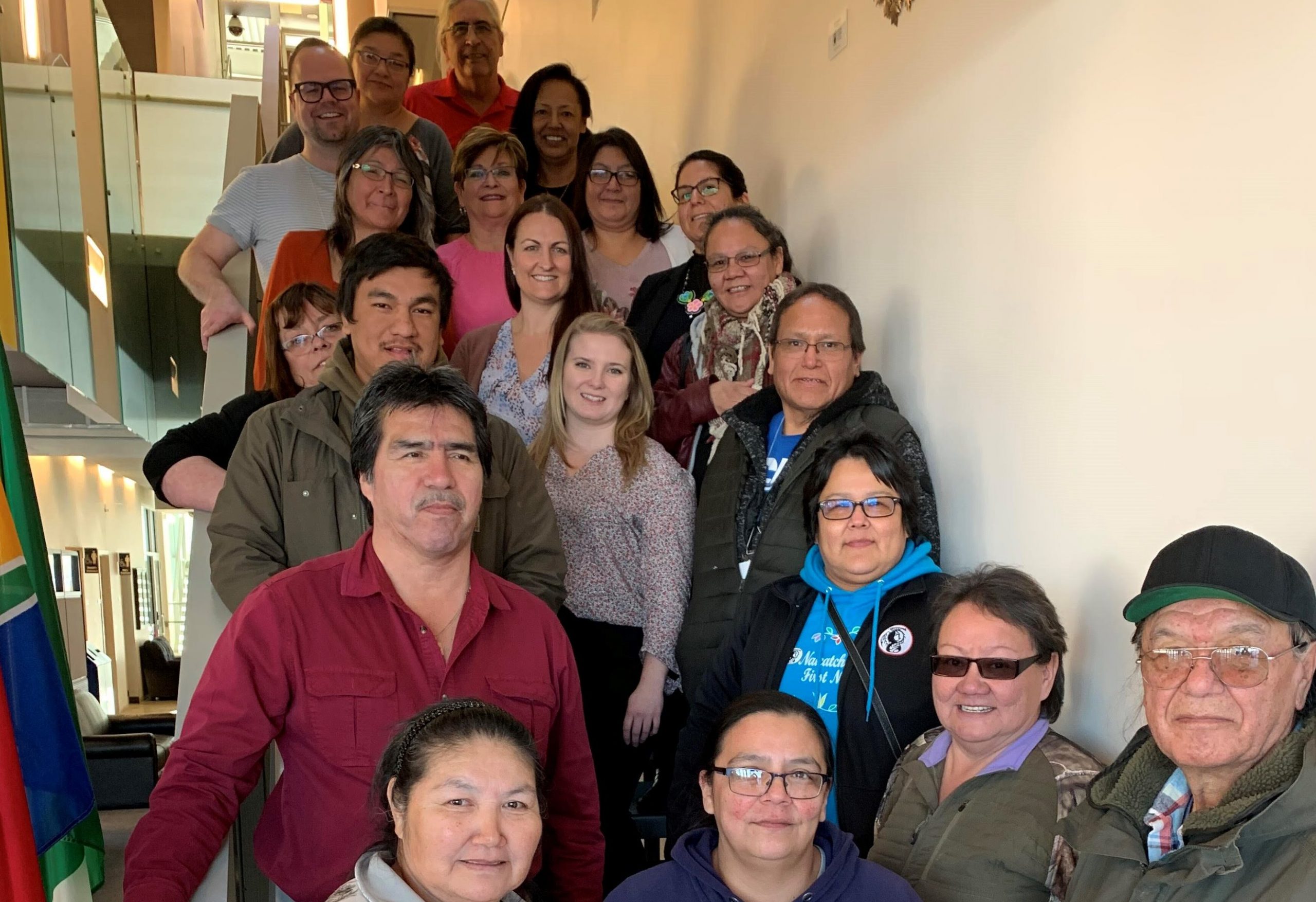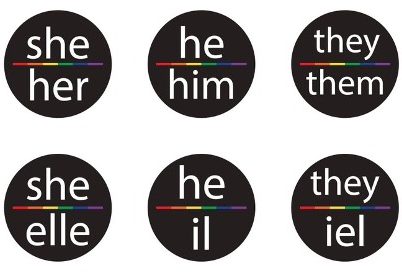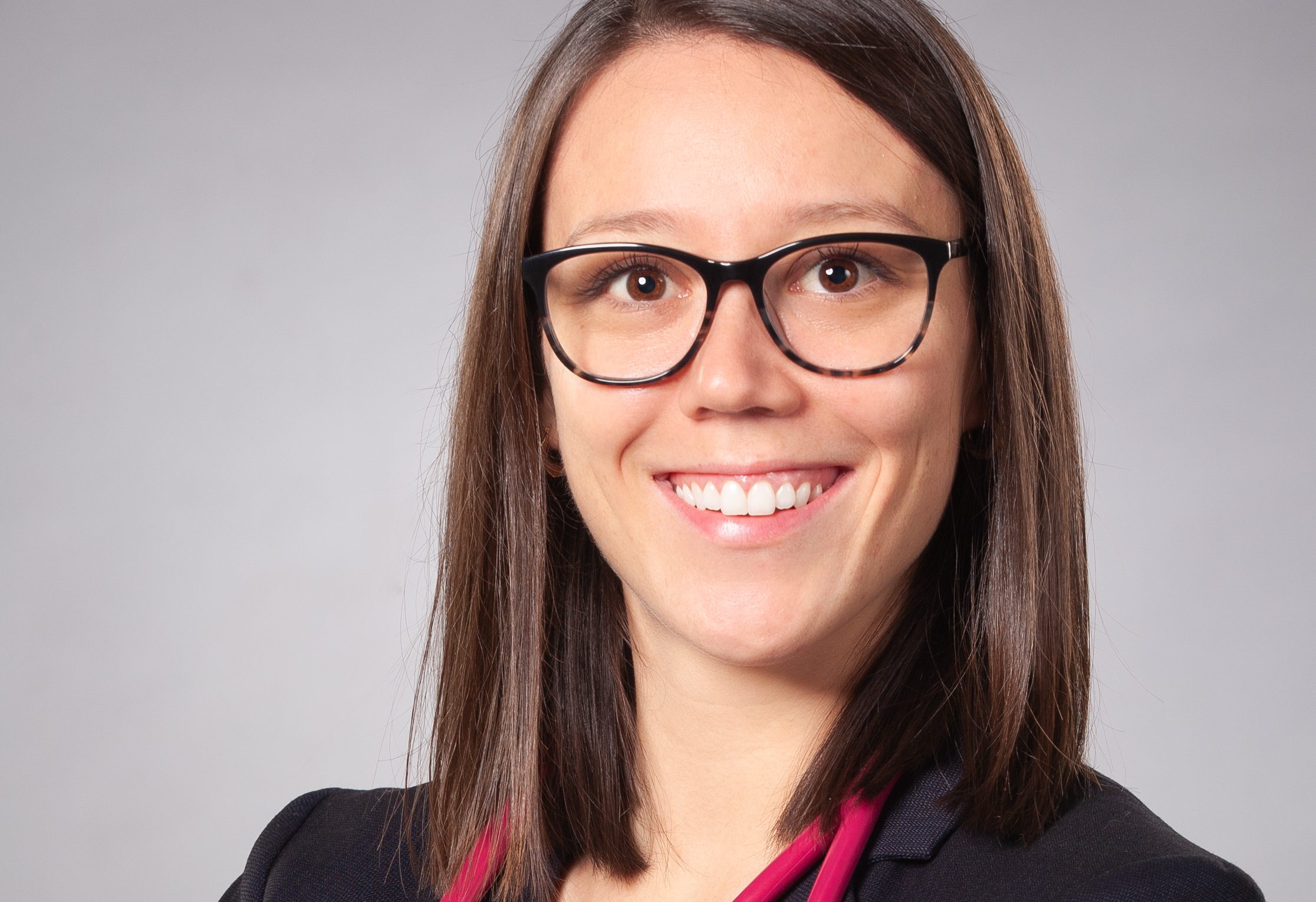In the Spotlight
Indigenous communities create virtual experiences for NOSM students
Spending four weeks in a remote, rural or fly-in Indigenous community is typically a rite of passage for first-year medical students at the Northern Ontario School of Medicine (NOSM), but the pandemic put a halt to all travel in 2020. The School has earned a national and international reputation for offering in-community experiences that help students gain both a cultural understanding of Indigenous communities and a feel for the broad range of health inequities and barriers to care that exist in Northern Ontario. In the midst of the pandemic, it was not possible to send students into communities. It was decided the safest option w...
Read moreTaking pride in pronouns
Understanding and recognizing gender identities is important to delivering inclusive, patient-centered health care. Often, pronouns have a gender implied which are not always accurate or needed. Understanding how to correctly use and share one’s pronouns is a sign of safety and respect. Unfortunately, often people aren’t aware of how to do this. That’s why Lucie Ménard and Ashley Perreault decided to take action. Lucie, a second-year NOSM medical student in Sudbury, and Ashley, a first-year NOSM medical student in Thunder Bay, are both the Local Officers of Reproductive and Sexual Health (LORSH) for NOSM, and sit on a natio...
Read more.Francophone NOSM graduate returns to her hometown of Hearst
Dr. Shyanne Fournier, a Francophone graduate of NOSM’s MD Class of 2021, couldn’t be happier about returning to her community of Hearst to start her residency in family medicine. “It’s very exciting, I will practise entirely in French. A lot of our class always wanted to go home to practise in our communities,” says Shyanne. “I’ve already had the opportunity to work with preceptors here in Hearst who are also NOSM alumni. I recognize how fortunate I am.” She recalls her early pre-med university courses and the challenge of initially getting into medical school. “I always wanted to be a doctor. In my first year of my ...
Read more



